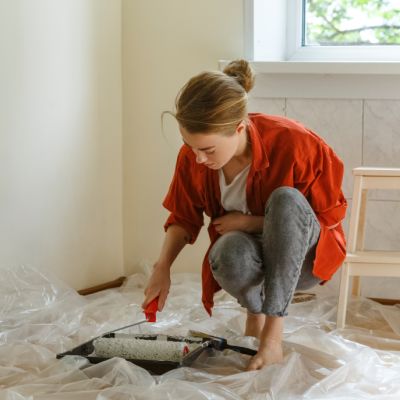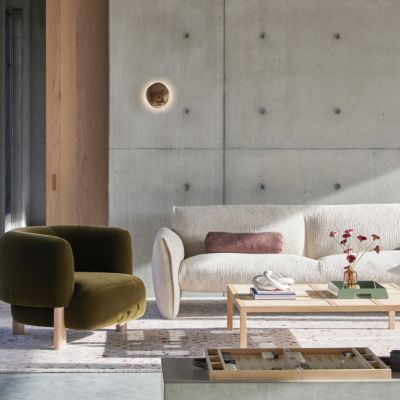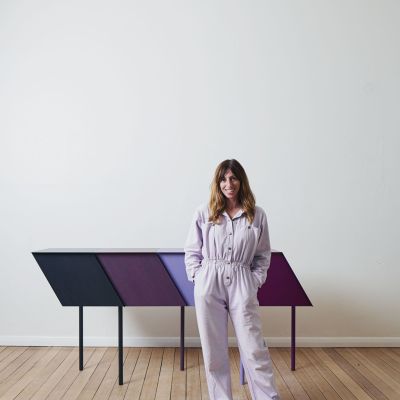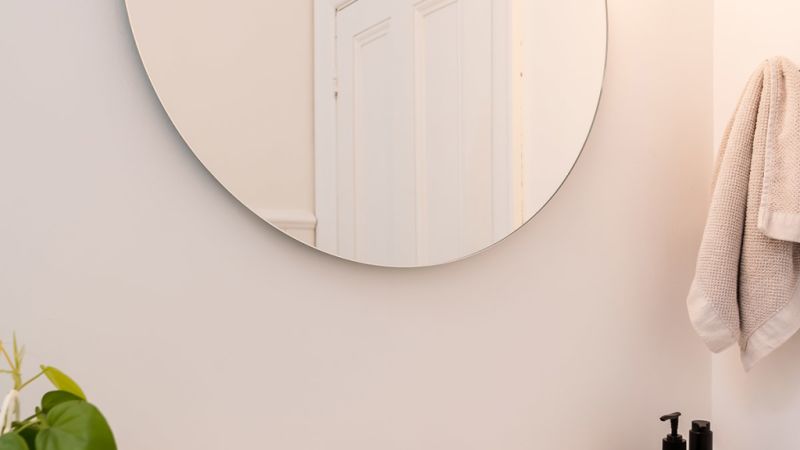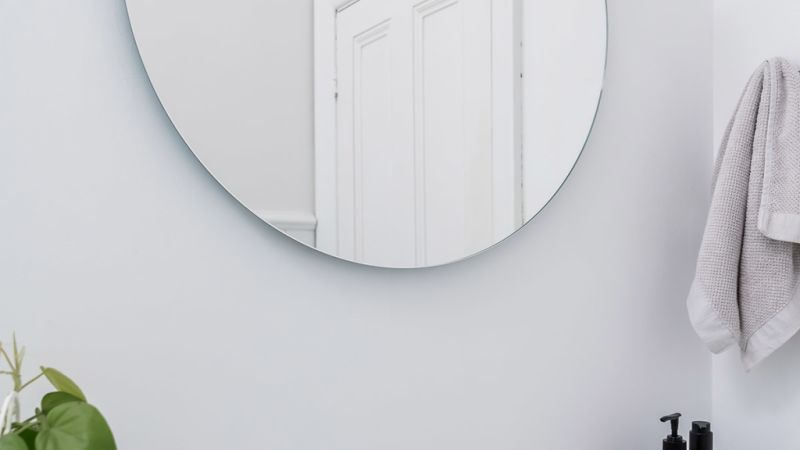150,000 shades of white: Why are there so many white paints to choose from?
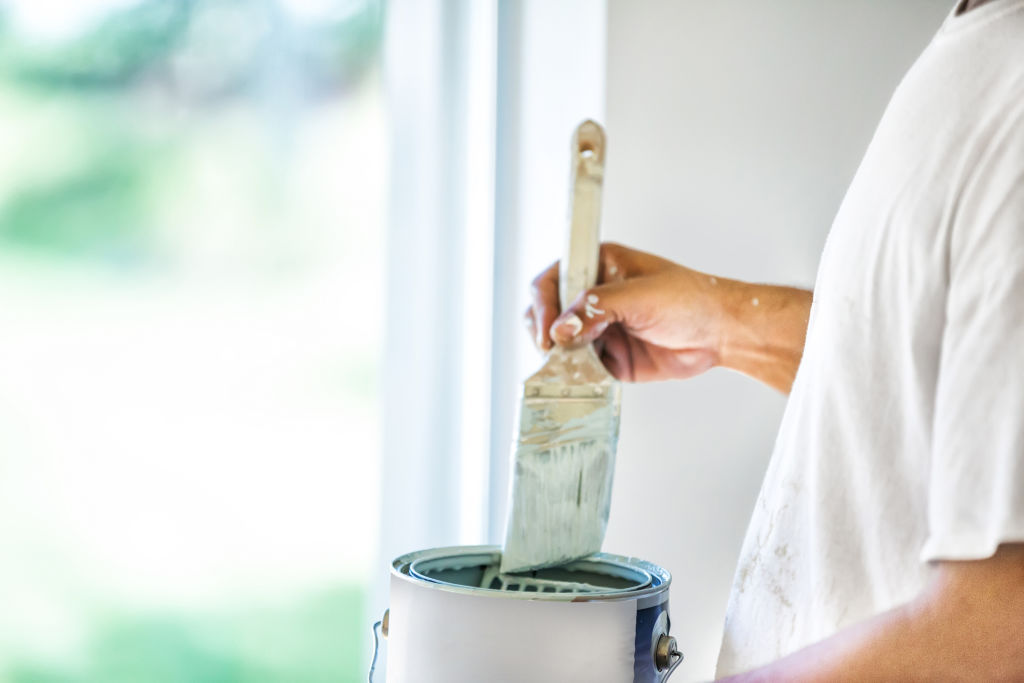
If you thought 50 shades of grey was too much to handle, consider this: there are more than 150,000 shades of white paint to choose from, which means your next home DIY project could be an overwhelming prospect if you don’t know where to start.
With names such as Whisper White, Caspar White, Cloudburst and Cotton Ball, narrowing down the choices can leave even the most experienced home renovators and decorators in a spin.
“When you add up brands, textures, undertones and colourant levels – this equates to more than 150,000 options,” Bunnings paint expert Warren May says.
Slight variations in pigment added to paint impacts the colour we see and May says colourants in white paint are just as important as they are in any other hue.
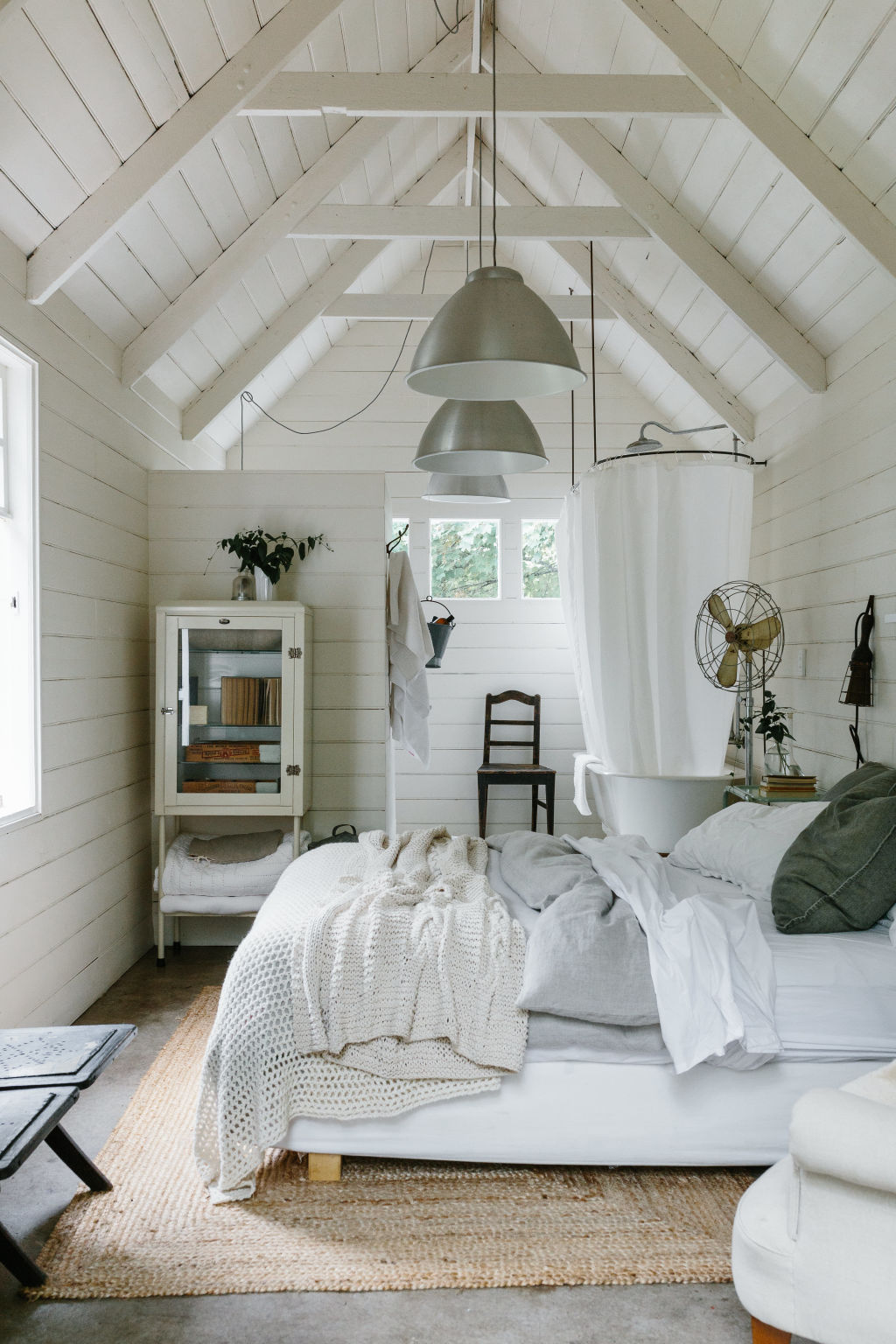
It’s no surprise that white is the most popular colour when it comes to painting your home, inside and out. It’s a safe, neutral tone that acts as a base for all the other elements that make up a room – fixtures and fittings, flooring and furniture – and can brighten and enhance a space.
It can also completely change the look and feel of the spaces you’re working with, so choosing the “right” white is vital.
“The level of colourant in each will dictate how strong your undertone comes through.
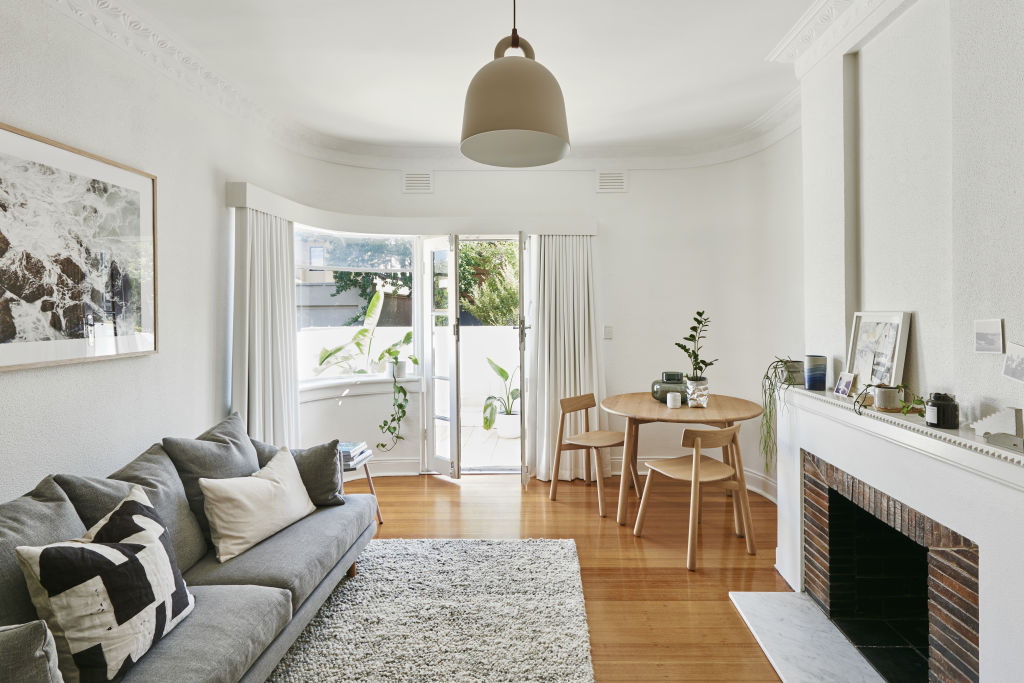
“So, for example, if you have an older style floorboard with strong yellow/orange tones you probably want to steer away from a white paint with a yellow colourant, as it will pick up the orange tones from your floors and make your walls look yellow,” says May.
Before you take to the walls with a roller brush and a whole lot of enthusiasm, there are a few things you need to think about.
Consider your space
Katy Thomas from Katy Thomas Studio says the first step is to think about the other elements and colours in the space you’re painting and the overall look you’re trying to achieve. Also, think about how you want to feel in that space.
“A vision board for your home is a great way to bring together all of the elements.”
Think about natural light, and don’t ignore artificial light
Always consider how much natural light is available in the area you’re painting, and at different times throughout the day, May says.
“If a room receives lots of natural light, you may want to consider a cooler white with undertones of black or blue, as the sunlight will add warmth to the room. If, however, a room receives very little sunlight, a white paint with a yellow or brown undertone may be a better option as it will throw warming tones.”
Lucy Glade-Wright from Hunting for George says that it’s important to understand that a north-facing room can be quite different from a south-facing room, due to the amount of sunlight they receive throughout that day. You may have to choose two different shades to accommodate this.
“Natural and artificial light can make the colours on your wall look completely different,” she adds.
What are ‘cool whites’ and ‘warm whites’?

The difference between cool whites and warm whites is the undertones they feature.
Cool whites use a blue, black or green undertone while warm whites have a yellow or brown undertone.
“Cool whites are a great choice for rooms that receive lots of natural sunlight, like north-facing rooms, as it neutralises natural sunlight to give a sharp and crisp, modern feel,” May says, adding that warmer whites are “a perfect choice for rooms that don’t receive a lot of light, as it will provide a cosy and warm feeling to the room.”
Try before you buy
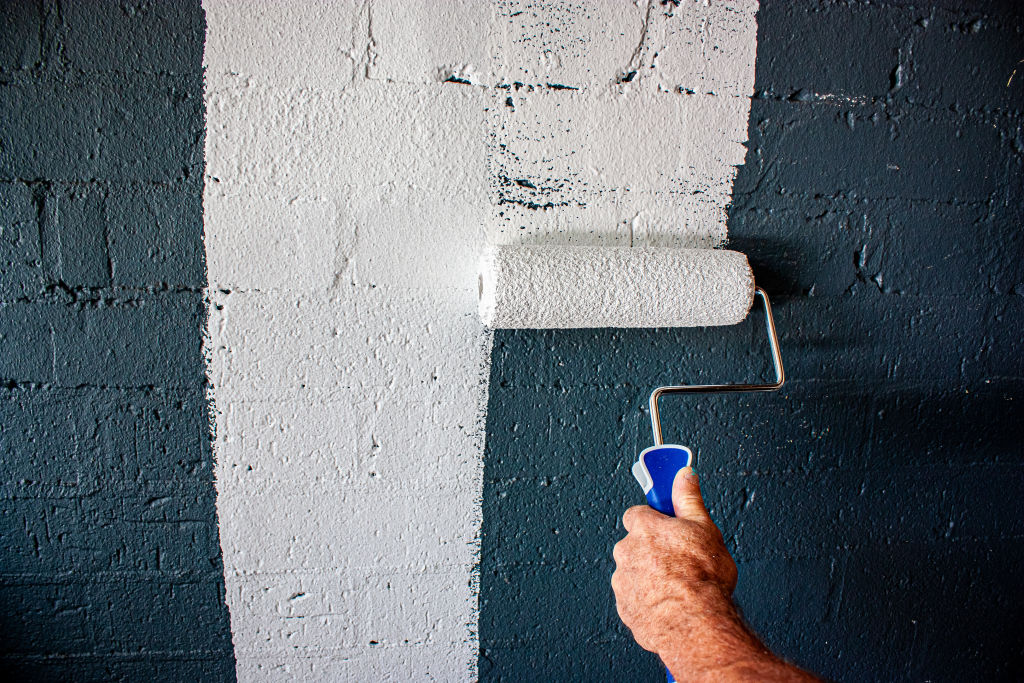
Like all important purchases in life, it’s a non-negotiable to try before you buy when it comes to paint. After all, you’re likely to be staring at your four walls day-in, day-out for years to come, so you want to get it right.
“Test your paint colours next to each other on the walls you’re looking to paint and make them big. Don’t forget to label each one,” Thomas says.
“Put a base layer on if you really want to get the true white that you’re wanting to achieve from that sample pot to make sure what you’re painting over isn’t going to affect [the colour],” Glade-Wright says.
“Give it two coats of paint, wait for them to dry completely and look at your samples at different times of the day to see the different tones in each and how the light (both natural and internal light) changes the colour throughout the day,” Thomas adds.
Is white on white alright?
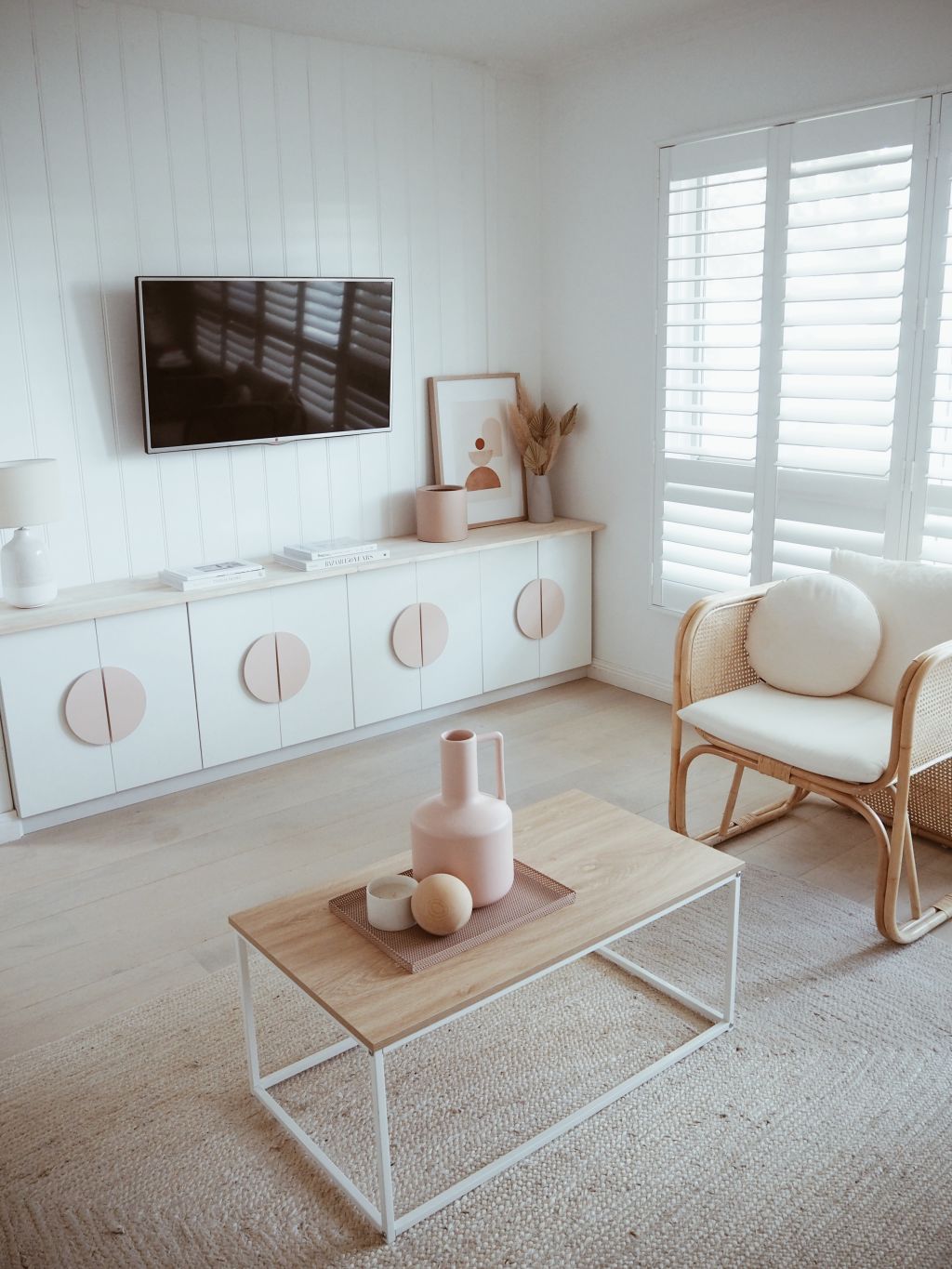
In short, absolutely!
Glade-Wright says: “If you’re going to bring in multiple whites, think about your different textures and materials,” but warns, “It’s something you do want to make sure you’re confident with first.”
“For beginners, it’s probably good to keep it simple and go with the one white they’re happy with, and for the trim, choose that matching colour in an Aquanamel finish.”
Thomas agrees and recommends choosing one white paint for your walls and adding a semi-gloss for your trims.
“You can add texture and interest to a space by creating a VJ-panelled wall, painting bricks or rendering using the same white paint colour,” she says.
“When it comes to making decisions, like anything with interiors, it just comes down to what you love, what makes you happy and comfortable – rather than what other people tell you you should do,” Glade-Wright says.
We recommend
We thought you might like
States
Capital Cities
Capital Cities - Rentals
Popular Areas
Allhomes
More
